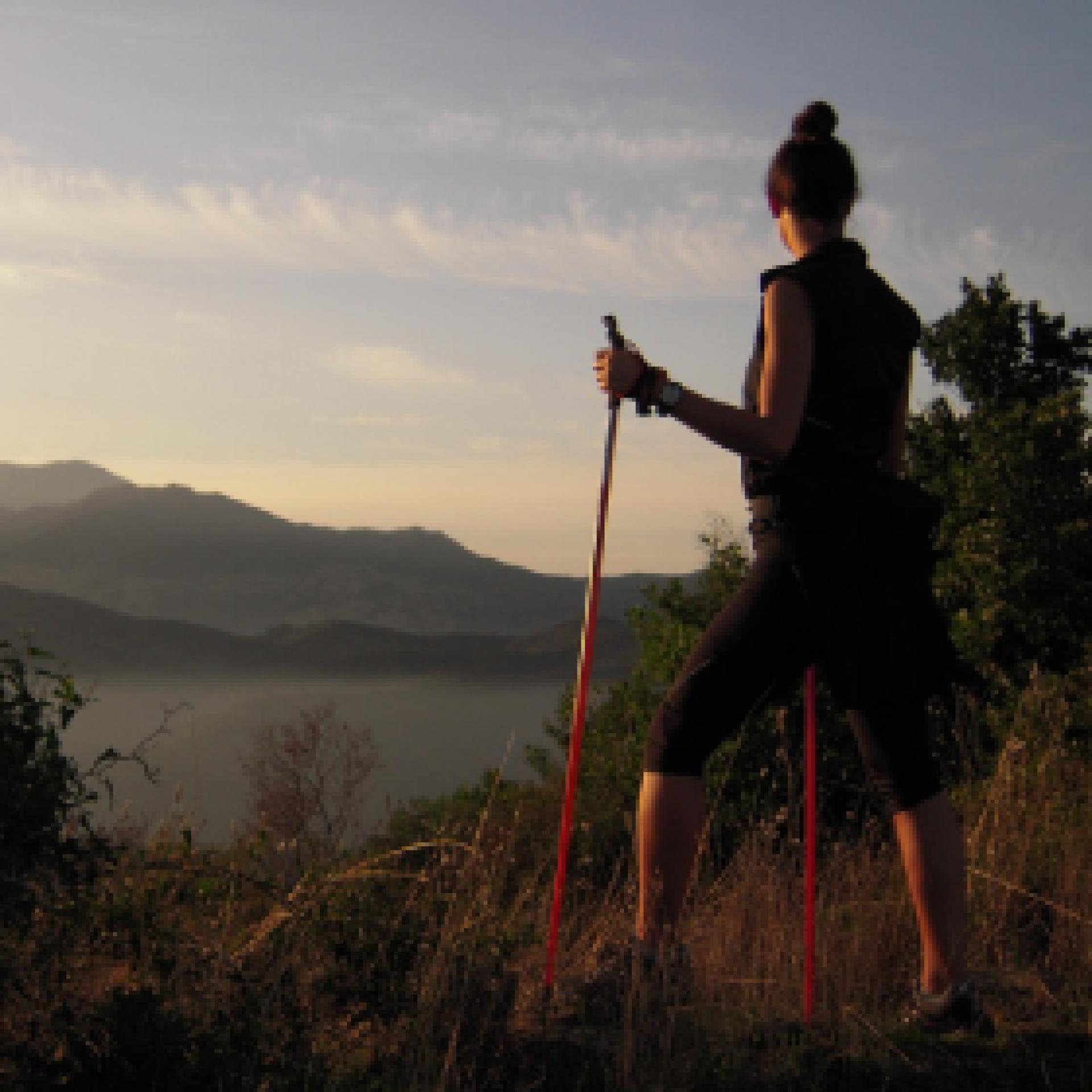Sentiero Italia (Stage Z27) Burcei – Valico Sette Fratelli
Overview of the itinerary
Sentiero Italia runs the length of the island’s eastern side, covering its most important mountains, in 28 stages. Starting from the north: it flanks the Monte Limbara massif, crosses the limestones of Mont’Albo and Tuttavista, skirting the Gulf of Orosei, it crosses the Supramonte, Gennargentu and the Tacchi of Ogliastra and reaches Perdasdefogu. Further south, it passes through Armungia and the Gerrei sub-region. Lastly, it touches on the villages of Burcei and San Gregorio, continuing on the Sette Fratelli massif to the old prisons of Castiadas.
General information on Sentiero Italia (Grand Italian Trail)
Sentiero Italia, or Grand Italian Trail, as also explained on the official website, is a walking route that crosses the whole of Italy, using mainly but not exclusively “registered trails”.
In particular, in Sardinia, not all the stages of the Sentiero Italia of CAI (Italian Alpine Club) are made of trails already included in the registry of the Sardinia Trail Network (RES), either because they have not yet been tested and approved or simply because they cannot be registered as they do not meet the requirements. However, as a whole, the Sentiero Italia is the single longest walking route currently crossing Sardinia from the north (S. Teresa Gallura, stage Z 1) to the south (Castiadas, end of stage Z 28), touching on the most fascinating mountain areas in central-eastern Sardinia: the plateau of Buddusò, Tepilora, the Cedrino river valley, the ancient forests of Montes, Perda Liana and the regional forest of Montarbu, Monte Genis, and lastly the regional forest of Settefratelli (among the many crossed by the various stages of this long hiking itinerary).
Information on this stage of the trail
From the town of Burcei, the rout is mainly on dirt tracks towards the old cantoniera (roadside house) of Campu Omu. This marks the start of the route towards the Sette Fratelli, the last mountain massif you will encounter on your journey across the island.
The trail falls within the Sette Fratelli (seven brothers) park which, with ten thousand hectares of forest stretching over the mountains, is one of the greenest and most stunning places in Sardinia, a nature reserve offering lush nature and breathtaking views.
The trail, which is of medium difficulty, ends at the Campu Omu forest ranger station.
Note
You can camp at the ‘Campu Omu’ station of the Forestas Agency, about 3 km from Su Baccu Malu
- Log in to post comments

